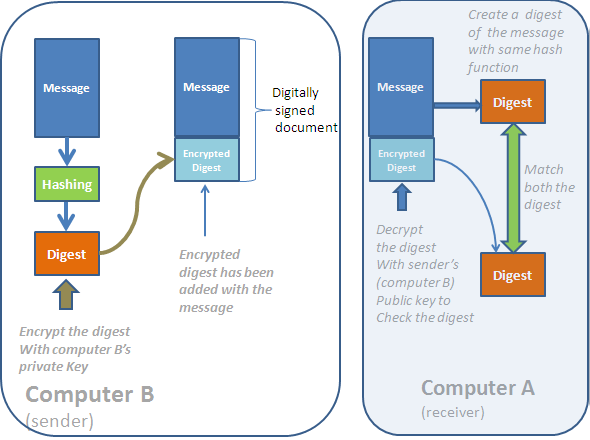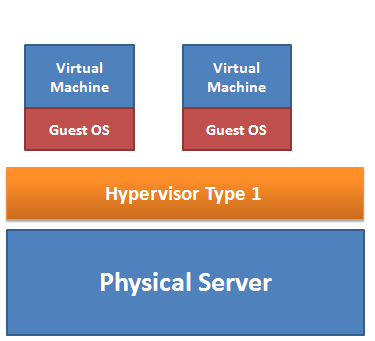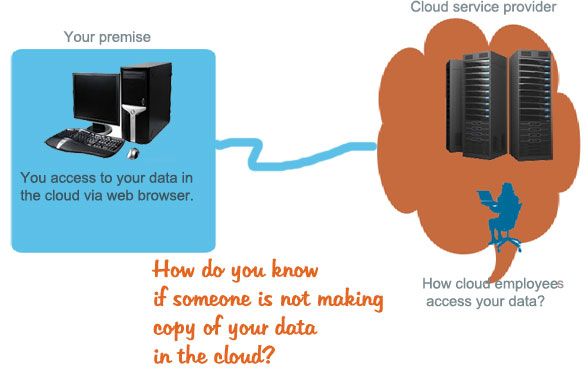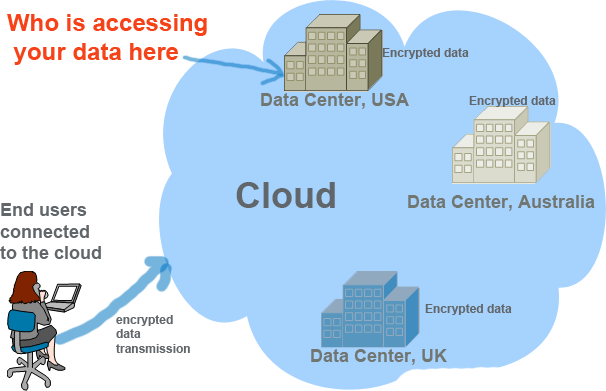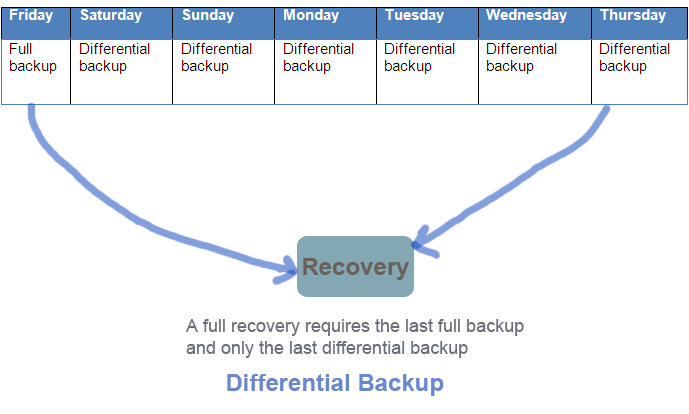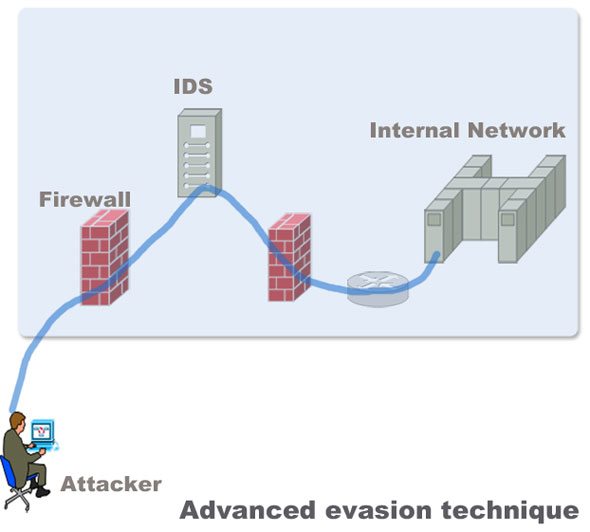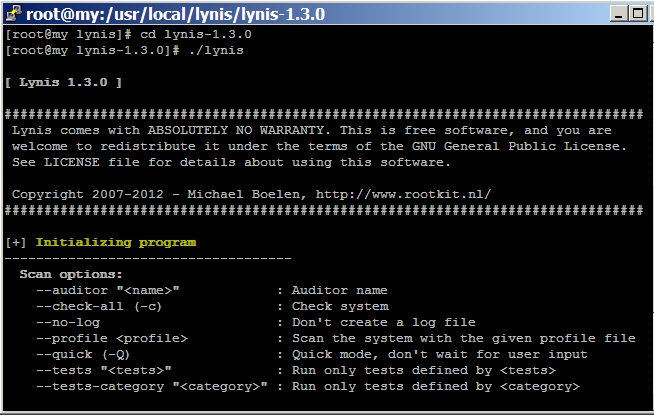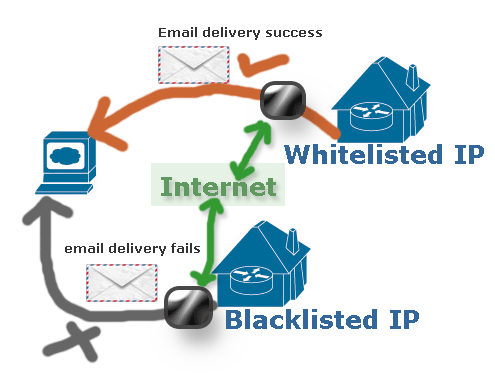A digital signature is an electronic equivalent of a physical signature. Just like the way a signature in a paper authenticates the signer, the digital signature also confirms the authenticity of the owner. Besides, it ensures that integrity of the data and non-repudiation. Non-repudiation means that the sender cannot later deny that he did not send the message. So, if you have … [Read more...] about What is Digital Signature and How it Works?
Webhosting Security-Best Practices and Concerns
To many IT professionals, webhosting security means protecting websites from hackers and malicious codes. But most of the time we forget to consider that websites security depends on a number of components such as server , application , database, scripts etc. One of the most important aspects of webhost security is to ensure continuous operation and disaster recovery of web … [Read more...] about Webhosting Security-Best Practices and Concerns
Types of Virtualization Technology-Advantages vs. Disadvantages
Virtualization helps to integrate several servers into a physical server in such a way that every server appears as a standalone server to the users. The three types of popular server virtualizations are OS virtualization, hardware emulation and paravirtualization. … [Read more...] about Types of Virtualization Technology-Advantages vs. Disadvantages
20 Forensic Investigation Tools for Windows
To investigate Windows system security breach for any potential security breach, investigators need to collect forensic evidence. Microsoft has developed a number of free tools that any security investigator can use for his forensic analysis. This post will give you a list of easy-to-use and free forensic tools, include a few command line utilities and commands. … [Read more...] about 20 Forensic Investigation Tools for Windows
Top 10 Cloud Computing Security Issues
From security perspective, not all types of data of an organization are equally important for successful business operation. Depending on business criticality, some data need to be more secured. The enormous computing power of cloud attracts businesses to put their data in the cloud, but many of the businesses do not have any decisive policy that defines which data to put … [Read more...] about Top 10 Cloud Computing Security Issues
Cloud Privacy Issues and Questions for Users
Though various types of cloud are available to serve various types of customers, they all serve the same purpose-offer IT resources and services to customers accessible via web browser. The hardware and software powering the clouds always stay behind the customer’s eye-thus when we hear the term “cloud” it papers to some of us as an black box. The aim of this post to help you … [Read more...] about Cloud Privacy Issues and Questions for Users
Types of Backup-Difference between full, incremental and differential backup
Data backup gives us a sense of assurance that our data can come back to online no matter what happens to our system. Whether you are a backup administrator or a IT auditor, having a clear understating of the backup types will help you develop a strong backup strategy for your critical data and system files. This post aims to distinguish the difference between the major types … [Read more...] about Types of Backup-Difference between full, incremental and differential backup
How to Protect Networks against Advanced Evasion Techniques(AET)
Evasion techniques evade the exiting network security devices such as signature based IPS and firewalls to enter the internal network to deliver exploits in servers. Most of the Intrusion detection and prevention system rely on attack signatures to identify malicious strings in the traffic. The strings used to evade the devices are not malicious themselves. Their main purpose … [Read more...] about How to Protect Networks against Advanced Evasion Techniques(AET)
How to audit Linux CentOS Security with Lynis
Hardening Linux security may seem to be a daunting task for new Linux administrator and security auditor if they try to do it manually. Lynis automates the process of Linux security audit, which is widely used by system administrator, IT security auditor and security specialists. When you run Lynis to scan a system, it generates a report and suggestions that helps to patch up … [Read more...] about How to audit Linux CentOS Security with Lynis
How to Check BlackListed IP of WebServer and Website
The purpose of this post is to show a layman how to check if a IP is in the blacklist of white list. You may need to buy a webhosting plan for your website, and after configuring your site you discovered that your site fails to deliver emails. If that is the case, you need to check if the IP address assigned to your site by your hosting provider is in white list or black … [Read more...] about How to Check BlackListed IP of WebServer and Website
How to Disable Root Login Via SSH in Linux
Having the option of logging in to your server with SSH is essential for some web administrators, but logging in your server with root credentials via SSH is always unsafe. By the word root credentials, I mean that you should not remotely login with your server with root user name, rather use a less privileged user to login to your server and then use the "su" command to login … [Read more...] about How to Disable Root Login Via SSH in Linux
